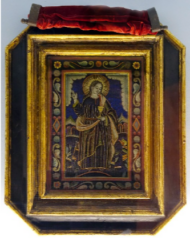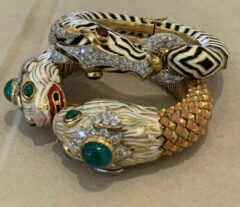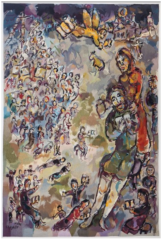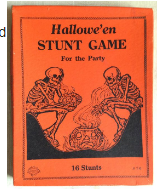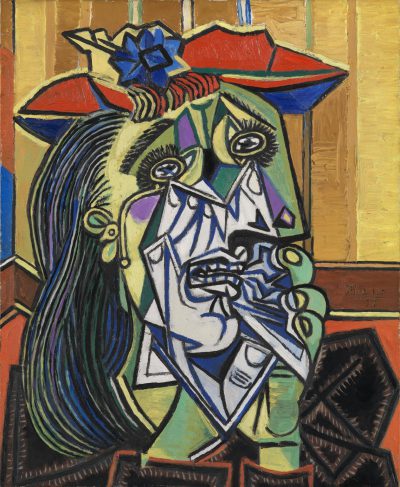
Veritas has worked with many clients who either own or are considering purchasing a work of art that might have significant monetary or historical value. In this scenario, the client is often faced with the challenge of properly identifying the work in question and often realizes the path to authentication can be a maze to say the least.
Authentication is not, and never will be, a streamlined process in the art world. I confidently say never here because we are and always will be dealing with unique objects and individuals (AKA the artist and the object). The client should know that the process of authentication is different for every artist. Given this, we cannot emphasize enough how important it is for the client to align his or herself with a knowledgeable professional who has an understanding of the intricacies involved in authenticating art.
For example, if a client had a potential Thomas Gainsborough on their hands, there is only one authority that any reputable dealer or auction house utilizes to properly authenticate his work. This particular scholar has devoted his life to studying Gainsborough and has published various books on the artist. However, unless one was connected to this scholar and had experience navigating authenticating a potential Gainsborough, they would more than likely never be able to connect with him. In fact, for thousands of artists, there are only a handful of experts who can properly authenticate the potential artist’s work. Many times they are scholars who are difficult to find or reach.
This is where a firm like ours comes into play. We have established contact with a vast network of experts across the world for many artists. In today’s age, one would think it would be easy to locate the “expert,” but it can be as difficult as finding a needle in a haystack.
The potential buyer or owner of the work should be cautious and steer clear of websites that advertise authentication of various artists. In most cases, they are not the accepted authority for authentication and no reputable dealer or auction house will market a work as “by that artist” with stamps of approval from these entities. There are many dynamics that come into play depending on the potential origin of the work. France’s laws differ greatly from Italy’s, so no one would want to arm themselves with the proper laws pertaining to sending an artwork abroad for authentication.
Many times, there is a committee involved in authenticating work by a particular artist. For example, for the French artist Nicolas de Stael, there are a group of experts comprised of the artist’s descendants and experts who meet every few months to make determinations on work submitted. De Stael was widely faked, so by law, if the committee determines the work is a fake, then it has to be destroyed in France and not sent back to the owner. This is a shock to many owners for sure!
In other words, every case is unique. There is a process involved with authentication that should be handled by an intermediary who understands the intricacies involved, knows what questions to ask for the client, and who has developed an extensive network of the right experts specific to that artist.
Carrie Baker,
President,
Fine Art Appraisals & Consulting LLC

